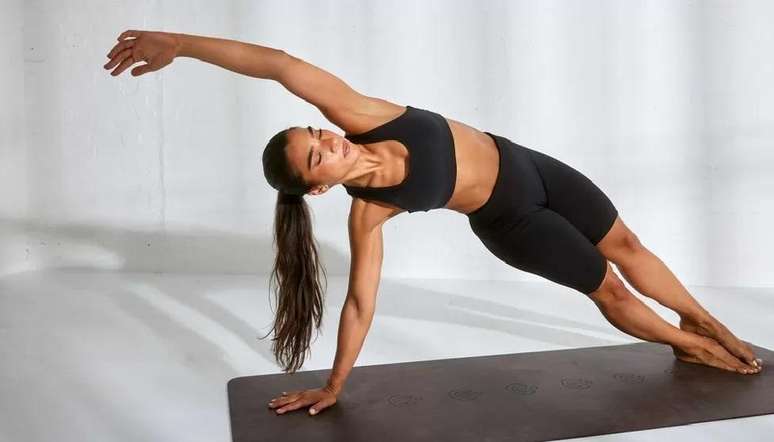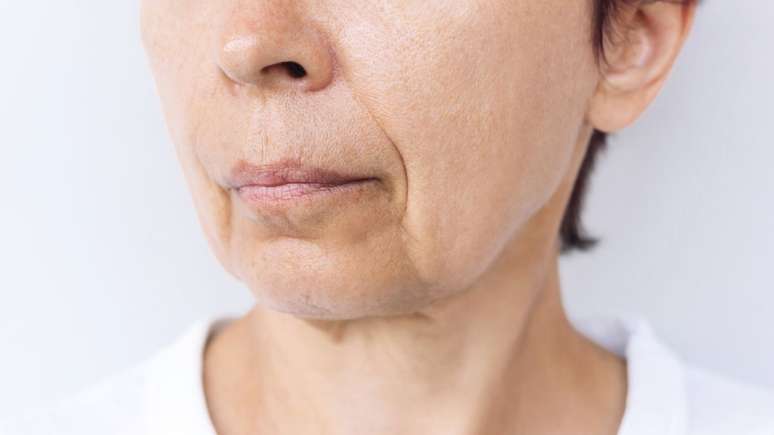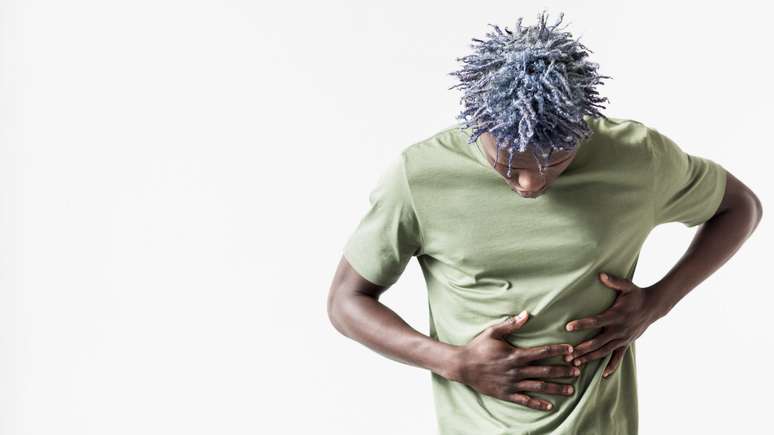Endometriosis affects one in 10 women in Brazil. How to continue to do physical exercises?
html[data-range=”xlarge”] figure image img.img-248f33ad60c31356a4ed92ab79599058paolwef0 { width: 774px; height: 442px; }HTML[data-range=”large”] figure image img.img-248f33ad60c31356a4ed92ab79599058paolwef0 { width: 548px; height: 313px; }HTML[data-range=”small”] figure image img.img-248f33ad60c31356a4ed92ab79599058paolwef0, html[data-range=”medium”] figure image img.img-248f33ad60c31356a4ed92ab79599058paolwef0 { width: 564px; height: 322px; }HTML[data-range=”small”] .article__image-embed, html[data-range=”medium”] .article__image-embed { width: 564px; margin: auto 0 30px; }
Painful periods, tiredness and infertility are just three of the symptoms of endometriosis.
It affects one in 10 women in Brazil, according to an estimate by the Ministry of Health.
Endometriosis is an inflammatory disease caused by cells in the endometrium (the tissue that lines the uterus). Instead of being expelled during menstruation, they fall into the ovaries or abdominal cavity, where they multiply again and cause bleeding.
There is no known cause or cure, and treatment can range from pain medications to hormone treatments and surgery.
The disabling pain caused by the disease can also affect everyday life, making it difficult to work, socialize and exercise.
This is something personal trainer Stef Williams knows all too well.
She described to BBC Newsbeat that having endometriosis is “awful” and said that on one bad day she had “excruciating, crippling pain”.
“I didn’t even know what this disease was, so I was very ashamed because I had never heard of other women suffering from it,” she says.
‘Battle’
Exercise has always been important to the fitness influencer, known as Stef Fit to her 2.2 million Instagram followers.
So figuring out how to keep her body moving was a priority when she was diagnosed with the disease.
Like many women with the condition, she underwent surgery that initially left her unable to lift weights and do aerobic exercise, her usual activities.
Stef knew she wanted to move on due to her mental health, but when she sought help online, she found the information limited and often conflicting.
“It was frustrating. The suggestions on the internet were a maze, and the doctors’ advice was also vague,” she says.

“The fact that we have to do so much research is frustrating and a huge battle for women, but after 10 years of daily pain, I knew I had to.”
Dr Sharon Dixon, a general practitioner and researcher at the University of Oxford (UK) who studies women’s health, agrees with Stef.
“There’s not a lot of evidence about what types of exercise help endometriosis,” she told Newsbeat.
“That doesn’t mean there aren’t benefits, it just means it’s an area where we need to do more scientific research.”
So how to practice?
Sharon Dixon says parallels can be drawn between endometriosis and women experiencing period pain.
“As far as period pain, exercise seems to help, and that includes low-intensity exercise like yoga or pilates,” says the doctor.
“We know from people living with other pain conditions that exercise can be really helpful in reducing intensity.”
For Stef, on a day when he’s in pain, a simple walk is a good starting point.
“Walking is a trend now, but seven years ago I felt like a 90-year-old grandmother hiking,” she says. “But it’s great for my body. On days when I feel exhausted, a 10-minute walk is all it takes.”
Stef has also discovered forms of exercise that she finds more gentle, such as pilates and yoga.
“You can’t lift weights after the operation for about six to eight weeks, but Pilates still strengthens your muscles.”
Despite the diagnosis, Stef was able to continue training with impact and strength. And her advice to women with endometriosis who want to do this type of exercise is to be patient.
“It can be very frustrating, but you’ll get there, you just have to find your flow,” she says. “Yes, there are bad days, but there are also better days.”
Source: Terra
Ben Stock is a lifestyle journalist and author at Gossipify. He writes about topics such as health, wellness, travel, food and home decor. He provides practical advice and inspiration to improve well-being, keeps readers up to date with latest lifestyle news and trends, known for his engaging writing style, in-depth analysis and unique perspectives.








